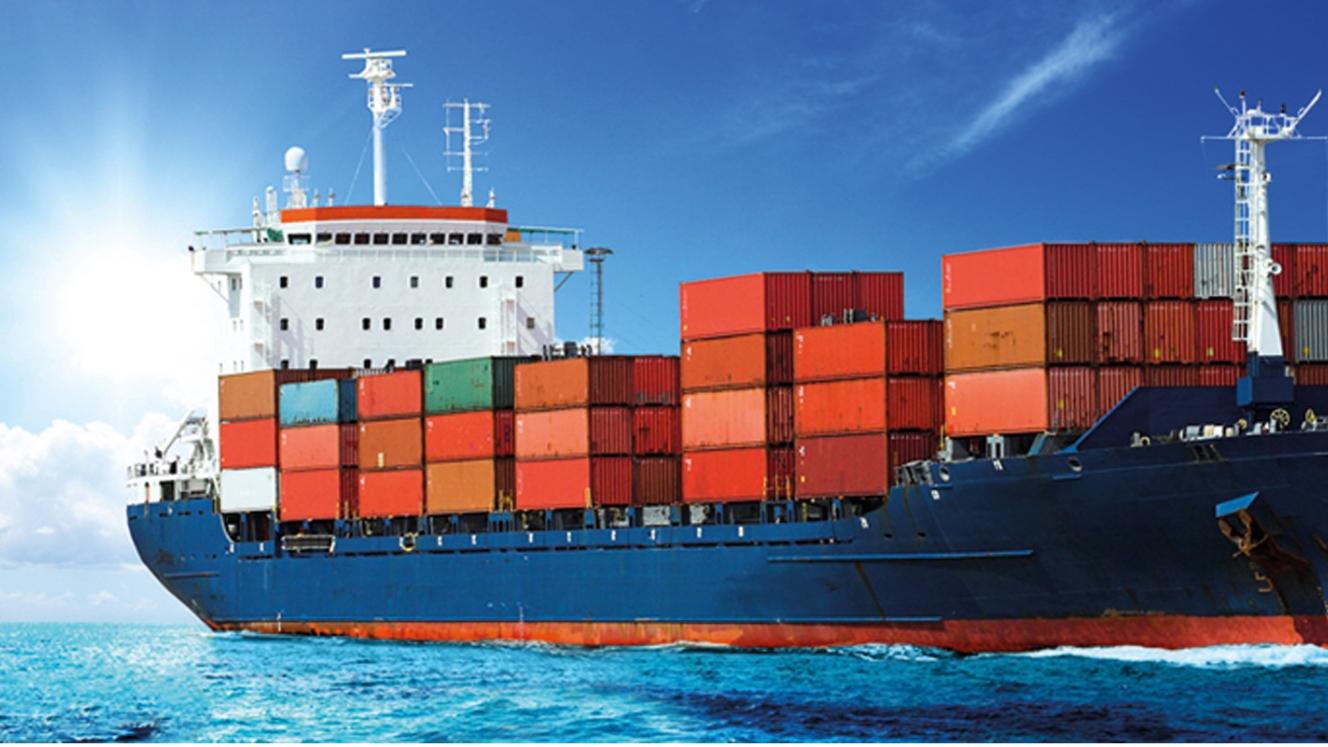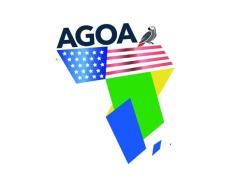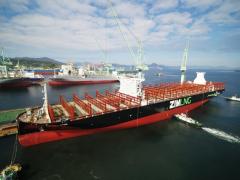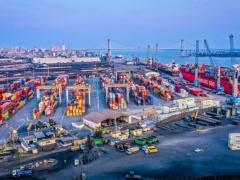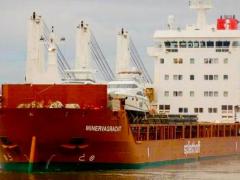As the maritime industry increasingly recognises just in time (JIT) arrivals as a means of increasing port efficiency and port call optimisation – which ultimately reduces GHG emissions through optimising ships’ speed to arrive just in time - the International Maritime Organization (IMO) has released a just in time arrival guide.
Developed by the Global Industry Alliance to support low carbon shipping (Low Carbon GIA) – the guide is based on research and discussion amongst its membership. It documents the findings of a series of industry roundtables which brought together nearly 50 companies and organisations who are key stakeholders in the port call process.
The concept is based on the ship maintaining an optimal operating speed, to arrive at the pilot boarding place when the availability is assured of: 1. berth; 2. fairway; and 3. nautical services (pilots, tugs, linesmen). “JIT arrivals contribute to reduced time at anchorage and therefore reduced congestion in the port area,” the IMO points out. “It is estimated that ships spend up to 9% of their time waiting at anchorage.”
It is designed to be a useful toolkit for many stakeholders - from shipowners and ship operators to port authorities, terminals and vessel service providers.
The Low Carbon GIA is a public–private partnership which aims to identify and develop innovative solutions to address common barriers to the uptake and implementation of energy efficiency technologies and operational measures.
